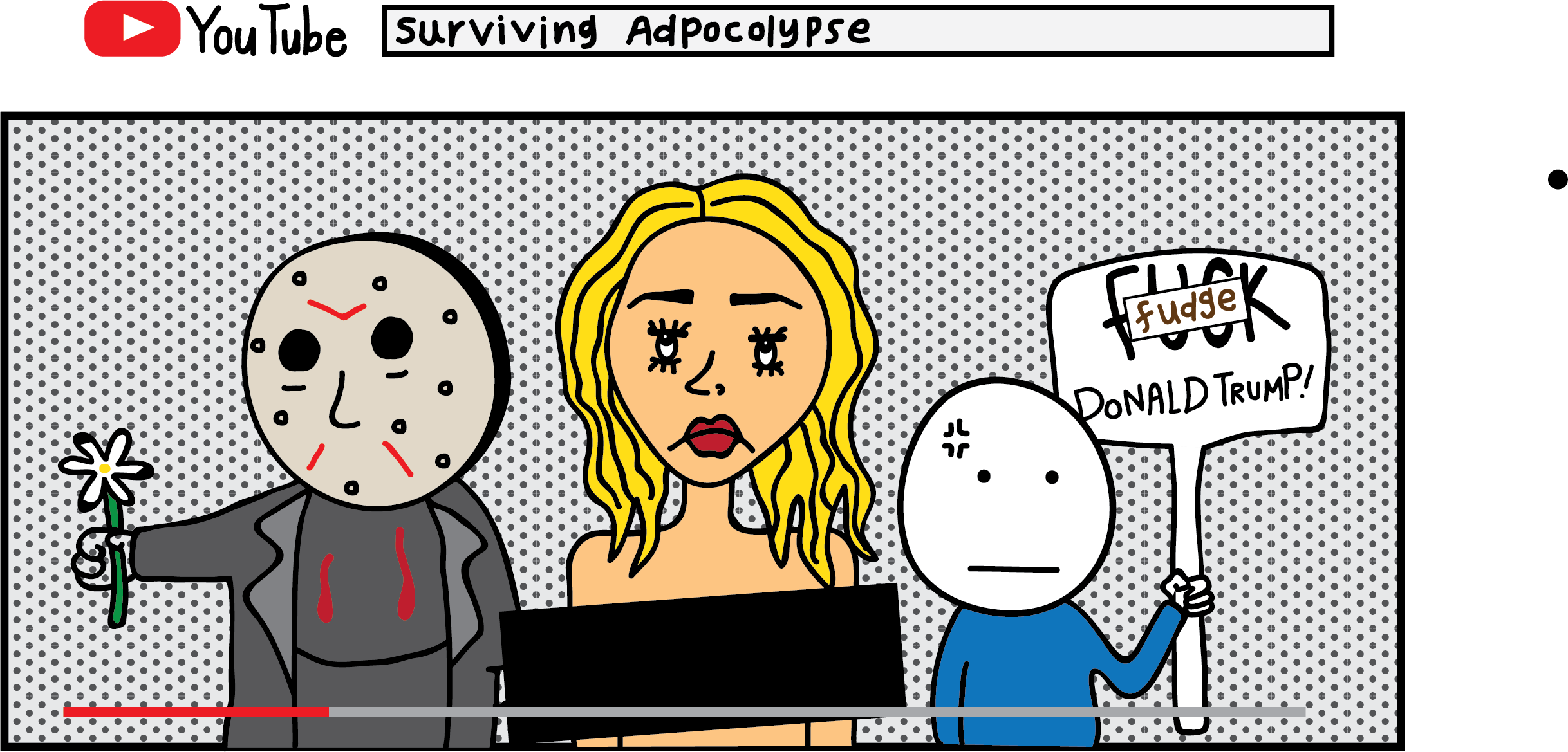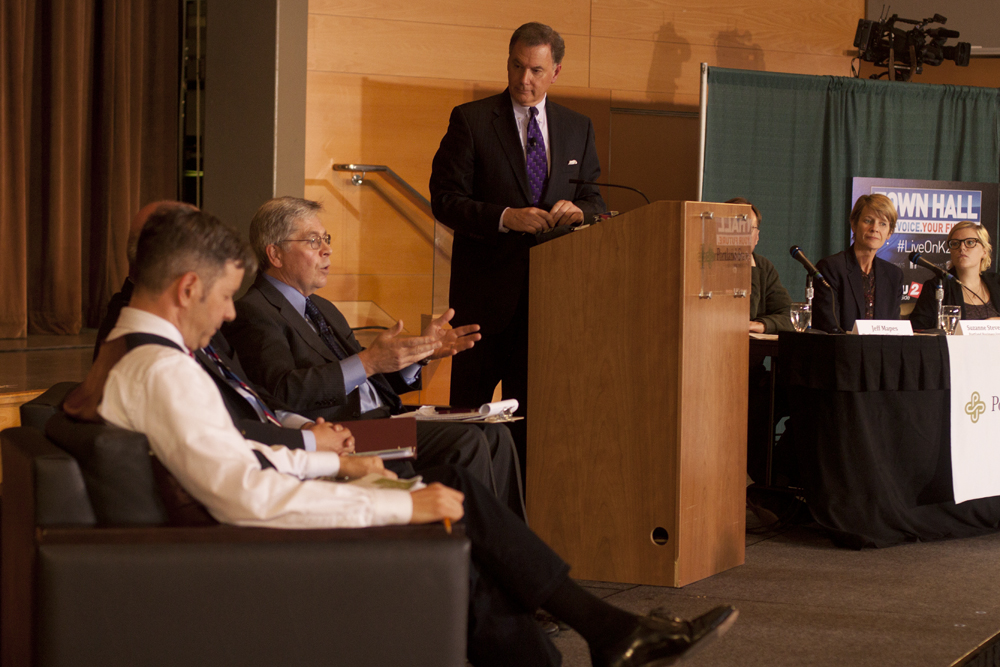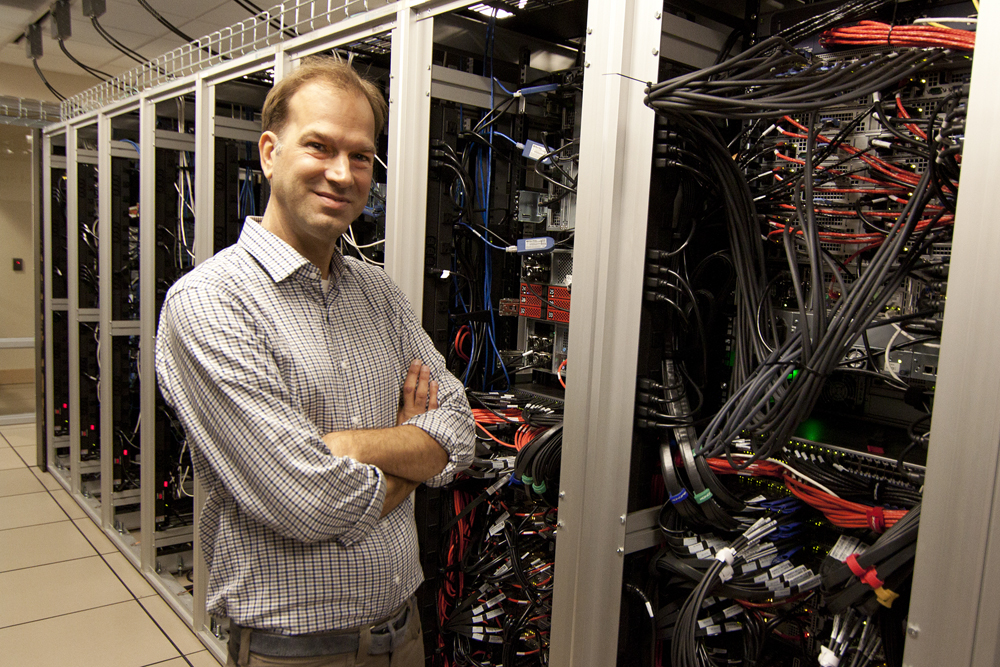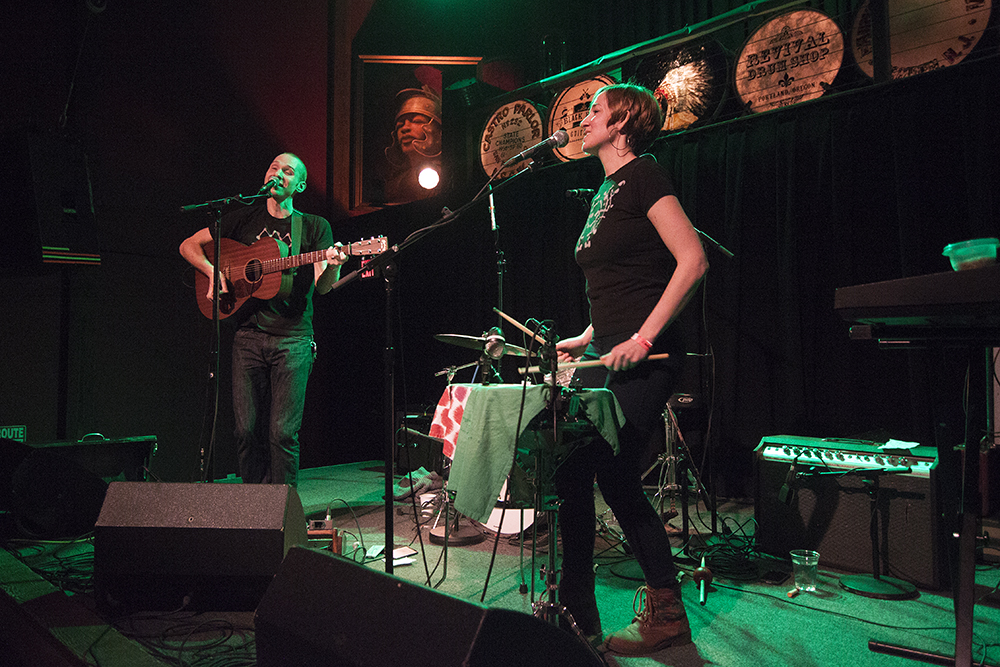If you spend any amount of time on YouTube, you’ve likely heard of the “YouTube Adpocalypse.” The term was coined in early 2017 when content creators started to see their videos demonetized in mass quantities and stricter regulations fall on initial monetization.
Creators found new regulations focused on keeping content advertiser-friendly, but why did YouTube shift in this direction in the first place?
In February 2017, many of YouTube’s major marketers started pulling out after discovering that some of their ads were appearing on videos that tout[ed] extremist views. It is evident that these occurrences were in the minority, but the repercussions rippled throughout the YouTube community.
The most obvious and vocal creators affected were ones with large followings, such as news channel creator Philip DeFranco. When the Adpocalypse first hit, he saw his ad revenue tank an extreme 80 percent. Similarly, comedy podcasters Ethan and Hila Klein of h3h3Productions saw their revenue plummet by 85 percent. While some channels seemed to level out, those with more questionable content are still feeling the burn.
While marketers are returning to YouTube—because c’mon, that’s a huge market only an idiot would pass up—content creators are not out of hot water yet. Tweets from Ethan Klein in late April show new options marketers can use to further narrow the scope of videos they allow their ads to be on.
As shown in the shared image, marketers can choose certain sensitive subject exclusions, such as sensitive social issues and profanity or rough language. As you can imagine, the latter can easily affect a huge number of content creators.
Dropped an F-bomb? Talking about whatever drama is coming out of the White House? Say goodbye to that sweet ad revenue.
YouTuber Felix “PewDiePie” Kjellberg responded with a running joke that to stay monetized he has now become “Family Friendly Pewds,” as well as made his channel a “Christian Channel.” I can’t say his satire isn’t based on truth. These restrictions can be severe to the point of becoming second-hand censorship.
However, it is not only large creators who are affected. YouTubers such as RiceGum, who bragged about a $60k month being a low earning month for him, will still be making a chunk of change even with such significant drops. When the Adpocalypse hit, the creators I found myself most concerned with were smaller and handle content that’s not really considered mainstream.
Two in particular are Rob Dyke and Nick Nocturne, aka Night Mind. Dyke churns out videos that focus on true crime, strange occurrences and serial killer case files, to name a few.
Watching his channel, he went from a team of people creating high quality, daily content to weekly videos that are practically slideshows with voice-overs. Still enjoyable, but not what he was able to and aspired to do pre-Adpocalypse.
In an April vlog, Dyke explains how the new advertiser-friendly rules will heavily restrict the horror community among other related topics. A specific line from the guidelines says that to be advertiser-friendly, content must be suitable for all ages. This includes children. The bottom line for creators was be G-rated or lose monetization.
These restrictions seem to have lightened in recent months, evident since PewDiePie still manages to cram three ads into a 10-minute video, and YouTuber idubbbz, whose comedy can be described as vulgar and offensive, is still monetized.
Night Mind represents the other end of the content creation spectrum: content that does not have a particularly large following, nor does it hold mainstream appeal. He is known for picking apart horror web series in an intriguing and extremely in-depth manner. With a typical viewership of 50–150k per video, he won’t exactly rake in the cash.
Noticeably, not many of his videos appear to be monetized, and if they are, the ads are low quality from companies that probably aren’t shelling out too much dough either. So where does he find the funds to keep his channel afloat?
Enter Patreon. Both Rob Dyke and Night Mind utilize this crowdfunding site for creators. Dyke’s audience donates a whopping $8,542 a month, and Night Mind is bringing in a smaller, but still impressive for a channel of his size $3,592 a month. While not what they could be making off of ad revenue, it’s still enough to keep these awesome channels running.
Is Patreon the future of YouTube and online content? For smaller and less mainstream creators, it at least seems to be a viable option. What it comes down to is YouTube is getting its act together on how it handles marketers and increasing transparency with how its algorithms affect creators. Until then, the best viewers can do is turn off Adblock and dig into our pockets to find $1 a month to give to our favorite small creators to keep independent content alive.





